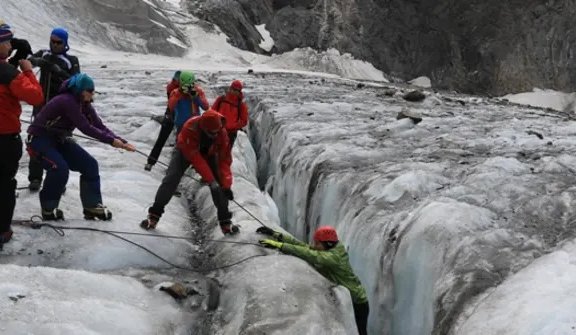Latest news
You can find more news on our Mastodon account @Alpine_Forschungsstaetten@social.uibk.ac.at

Sicheres Arbeiten im Gelände
Personalfortbildung: Sicheres Arbeiten im Gelände
19. - 21.08.2024; Universitätszentrum Obergurgl
You can find more news on our Mastodon account @Alpine_Forschungsstaetten@social.uibk.ac.at

Personalfortbildung: Sicheres Arbeiten im Gelände
19. - 21.08.2024; Universitätszentrum Obergurgl